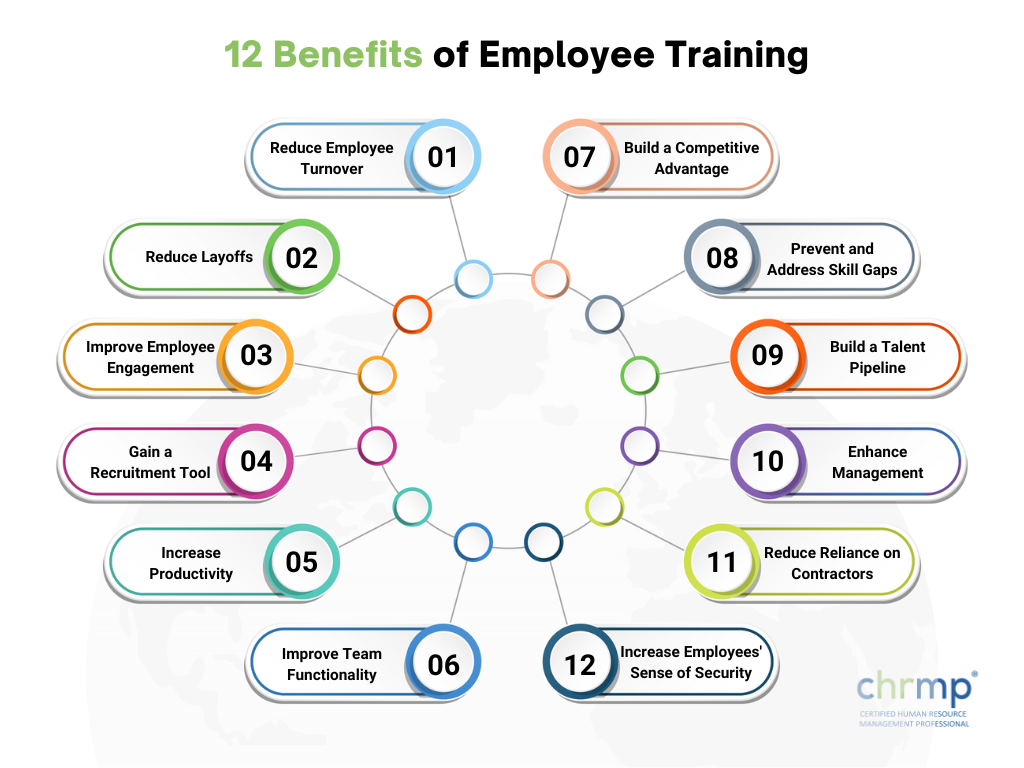The GOP's Legislative Drive During The Trump Presidency: Successes And Setbacks

Table of Contents
Tax Cuts and Jobs Act of 2017: A Major Legislative Victory
The Tax Cuts and Jobs Act (TCJA) of 2017 stands as a major legislative victory for the Republican Party during the Trump presidency. This landmark legislation significantly overhauled the US tax code, delivering substantial tax cuts to corporations and individuals.
Details of the Tax Cuts and Jobs Act:
The TCJA slashed the corporate tax rate from 35% to 21%, a dramatic reduction intended to stimulate economic growth. Individual income tax rates were also lowered, though the changes were more complex and varied depending on income level. Standard deductions were increased, benefiting many taxpayers.
- Short-term economic impact: The TCJA initially led to a boost in GDP growth and corporate investment, though the magnitude of this effect is still debated among economists.
- Long-term economic consequences: The long-term economic consequences remain a subject of ongoing discussion. Some economists predict increased national debt and income inequality, while others argue it spurred economic growth and job creation.
- Political ramifications: The TCJA became a central talking point in the 2018 midterm elections, with Democrats criticizing its impact on the national debt and income inequality. The results saw Democrats regaining control of the House of Representatives.
- Criticism and counterarguments: Critics argued the tax cuts disproportionately benefited wealthy individuals and corporations, exacerbating income inequality and adding to the national debt. Supporters countered that the cuts stimulated the economy, leading to job growth and increased tax revenue in the long run.
Healthcare Reform Attempts: Repeal and Replace Efforts and Their Fallout
Despite repeated promises to "repeal and replace" the Affordable Care Act (Obamacare), the GOP's efforts in healthcare reform proved to be a significant setback.
The American Health Care Act (AHCA):
The American Health Care Act (AHCA), the Republican Party's primary attempt to repeal and replace Obamacare, faced considerable opposition and ultimately failed to pass Congress. The AHCA proposed significant changes, including cuts to Medicaid, alterations to essential health benefits, and the elimination of the individual mandate.
- Reasons for failure to pass legislation: The AHCA failed due to a combination of factors, including internal divisions within the Republican Party, strong public opposition, and concerns about the bill's impact on healthcare coverage for millions of Americans.
- Internal divisions within the Republican Party: Conservative and moderate Republicans clashed over the scope and details of the proposed reforms, leading to legislative gridlock.
- Public and media reaction: The AHCA faced widespread public criticism and negative media coverage, further hindering its chances of passage.
- Alternative approaches considered: Following the AHCA's failure, the Republican Party explored various alternative approaches to healthcare reform, but none gained sufficient traction to pass Congress.
Judicial Appointments: A Conservative Reshaping of the Judiciary
One notable success of the GOP legislative drive during the Trump presidency was the appointment of three conservative justices to the Supreme Court: Neil Gorsuch, Brett Kavanaugh, and Amy Coney Barrett.
Supreme Court Appointments:
These appointments significantly shifted the ideological balance of the Supreme Court, solidifying a conservative majority for years to come.
- The confirmation process for each justice and its political implications: Each confirmation process was highly contentious and politically charged, highlighting deep partisan divisions.
- Impact on key Supreme Court decisions: The appointments have already had a noticeable impact on key Supreme Court decisions, shaping the interpretation of law on issues such as abortion rights, gun control, and religious freedom.
- Long-term effects on judicial interpretation of law: The long-term effects of these appointments on the interpretation of the law and the direction of the Supreme Court will likely be felt for decades to come.
Infrastructure Spending and Other Legislative Priorities: Missed Opportunities?
Despite campaign promises, the Trump administration failed to deliver on significant bipartisan infrastructure legislation, representing a missed opportunity for the GOP legislative drive.
Infrastructure Initiatives:
Limited progress was made on infrastructure projects, leaving many crucial improvements unaddressed.
- Reasons for the failure to pass infrastructure bills: Bipartisan cooperation proved elusive, with disagreements over funding mechanisms and the scope of projects.
- Economic implications of a lack of investment in infrastructure: The lack of substantial infrastructure investment hampered economic growth and competitiveness.
- Political gridlock and the role of bipartisan cooperation: Political gridlock and the inability to achieve bipartisan consensus on infrastructure spending contributed significantly to this failure.
Immigration Policy: The Wall and DACA
Immigration policy was another significant area of focus for the GOP legislative drive during the Trump presidency.
Border Wall and Immigration Enforcement:
The administration pursued the construction of a border wall with Mexico and implemented stricter immigration enforcement policies.
- Funding challenges and legal battles: The border wall faced significant funding challenges and legal battles, delaying its construction and sparking controversy.
- Impact on immigration enforcement: Increased immigration enforcement led to a rise in deportations and heightened concerns about human rights.
- Political and social ramifications: The administration's immigration policies ignited intense political and social debate, dividing the nation and creating lasting consequences.
Conclusion: Assessing the GOP's Legislative Legacy Under Trump
The GOP's legislative drive during the Trump presidency yielded a mixed legacy. While the Tax Cuts and Jobs Act stands as a significant achievement, the failure to repeal and replace Obamacare and the lack of progress on infrastructure represent notable setbacks. The appointment of conservative judges reshaped the judiciary, while immigration policies sparked intense debate. Understanding the complexities of the GOP's legislative drive during the Trump presidency is crucial for informed political discourse. Continue exploring this critical period in American politics to gain a deeper understanding of its lasting impact.

Featured Posts
-
 Vampire Movie Marathon Top Horror Picks Streaming Now
May 27, 2025
Vampire Movie Marathon Top Horror Picks Streaming Now
May 27, 2025 -
 Nora Fatehi At Iifa 2025 A Glamorous Alexandre Vauthier Ensemble
May 27, 2025
Nora Fatehi At Iifa 2025 A Glamorous Alexandre Vauthier Ensemble
May 27, 2025 -
 10 Marzo Almanacco Giornaliero Accadde Oggi Santo E Proverbio
May 27, 2025
10 Marzo Almanacco Giornaliero Accadde Oggi Santo E Proverbio
May 27, 2025 -
 Watch 1923 Season 2 Episode 7 Finale Streaming Details And Schedule
May 27, 2025
Watch 1923 Season 2 Episode 7 Finale Streaming Details And Schedule
May 27, 2025 -
 Expert Analysis Osimhens Potential Transfer And Lifestyle Factors
May 27, 2025
Expert Analysis Osimhens Potential Transfer And Lifestyle Factors
May 27, 2025
Latest Posts
-
 How Middle Management Drives Productivity And Improves Employee Well Being
May 31, 2025
How Middle Management Drives Productivity And Improves Employee Well Being
May 31, 2025 -
 Understanding The Value Of Middle Managers Benefits For Companies And Their Employees
May 31, 2025
Understanding The Value Of Middle Managers Benefits For Companies And Their Employees
May 31, 2025 -
 Middle Managers The Unsung Heroes Of Employee Development And Organizational Efficiency
May 31, 2025
Middle Managers The Unsung Heroes Of Employee Development And Organizational Efficiency
May 31, 2025 -
 The Rise Of Wildfire Betting Examining The Los Angeles Case
May 31, 2025
The Rise Of Wildfire Betting Examining The Los Angeles Case
May 31, 2025 -
 Understanding Money A Podcast For A New Era Of Finance
May 31, 2025
Understanding Money A Podcast For A New Era Of Finance
May 31, 2025
